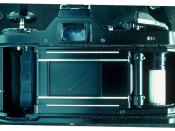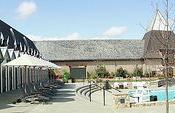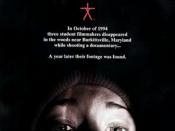The movie "Lost in Translation" starring Bill Murray and Scarlet Johansen, directed by Sophia Coppola, is a wonderful movie about platonic love. There is an incredibly strong theme in the movie and essentially it is that a friendship and a bond can occur anywhere in the world between any two people for any number of reasons and yes in reality a man and a woman can foster a non-sexual bond for each other. When I began thinking about this assignment I concluded that I would use "Lost in Translation" as my popular formalistic film. When I was reconstructing the film in my memory I remember hearing that Coppola's stylistic leanings were formalistic and I also remembered how visually stimulating (read: wicked cool) everything looked. When I began to watch the movie and view it through an analytical eye it took me no more than two minutes to realize I was not watching a formalistic movie but rather an incredibly well done and well filmed movie with a weak and more so light script.
The somewhat unstable "follow you" tactics utilized by the cinematographer are not as bumpy as in a documentary or docu-like film (read: Blair Witch Project) although it is realistic enough. Although most of the shots are done at Eye-Level with a medium or long shot....a few extreme long shots are taken especially of the hotel swimming pool (which is defaultly intrinsically beautiful) and of the city of Tokyo including some birds-eye or extreme above angle shots to show the magnitude and intensity of our two characters being in a wholly different place. A few examples of realistic intensity include when we're sitting in the train and we're watching a long shot of Mt. Fujimori and although the camera swings around behind Johansens seat...


